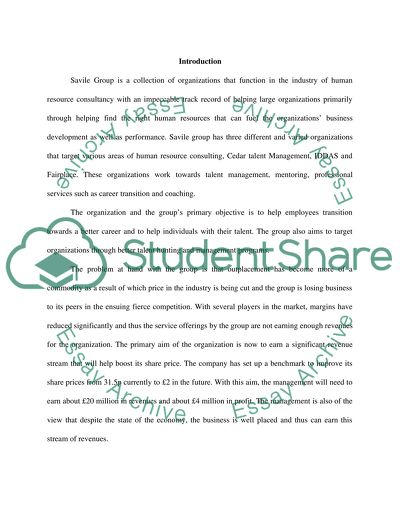Cite this document
(“Staff Motivation Essay Example | Topics and Well Written Essays - 1750 words”, n.d.)
Retrieved from https://studentshare.org/human-resources/1398086-human-resources-management
Retrieved from https://studentshare.org/human-resources/1398086-human-resources-management
(Staff Motivation Essay Example | Topics and Well Written Essays - 1750 Words)
https://studentshare.org/human-resources/1398086-human-resources-management.
https://studentshare.org/human-resources/1398086-human-resources-management.
“Staff Motivation Essay Example | Topics and Well Written Essays - 1750 Words”, n.d. https://studentshare.org/human-resources/1398086-human-resources-management.


